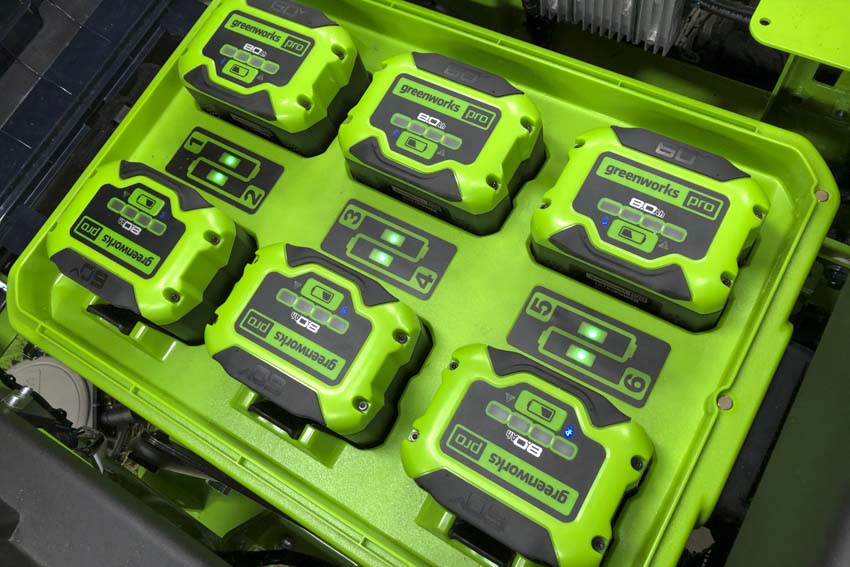I remember the first time I received a lithium-ion battery via mail. It came as part of a power tool I planned to review. The package had more warning stickers on it than I had ever seen. I worried that the tool might have been nuclear-powered! In reality, it was my first step in understanding the rules behind transporting lithium-ion batteries safely and legally.
Why Do We Need Shipping Rules for Lithium-ion Batteries?
Lithium-ion batteries can be dangerous if they are damaged, improperly used, overcharged, or allowed to overheat. When the cells inside a lithium-ion battery get damaged or overheat, they can release their contents. When this happens, the lithium inside the cells can react with the other chemicals in the battery, such as the electrolyte, to produce heat.
If the battery doesn’t dissipate heat properly, it can cause the temperature inside the battery to rise rapidly. This can result in a fire or explosion. As you can imagine, damaging a battery while onboard a truck or ship could be very bad. Having a large amount of lithium-ion batteries catch fire on a plane would be catastrophic.
Transporting Lithium-ion Batteries via Air
The rules for transporting high-capacity lithium-ion batteries vary depending on the specific type of battery and the mode of transportation. For example, rules for traveling with lithium-ion batteries differ from rules associated with shipping batteries.
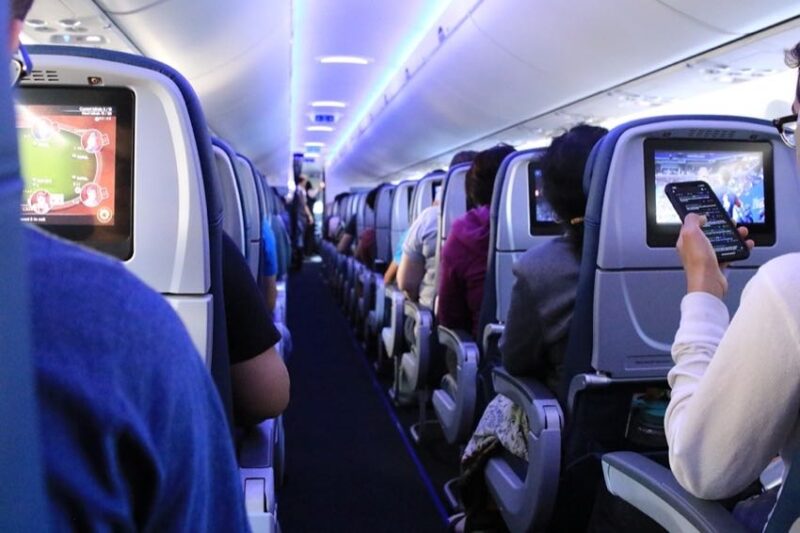
General Air Transportation Rules
For air transportation, you need to pack lithium-ion batteries in a way that prevents short circuits. Basically, you want to disconnect them and protect the battery terminals from damage or accidental contact. Package the battery in a way that prevents it from moving or shifting during transport. For power tools, remove batteries and don’t bring them on a plane (or ship them) while inserted into a tool or charger.
Rules differ between transporting lithium-ion batteries via passenger aircraft and cargo planes. Carefully read through the information below and cross-reference current FAA guidelines.
Maximums and Limits for Traveling on Passenger Airplanes with Li-ion Batteries
Per the FAA website , you can carry uninstalled lithium-ion batteries and charging cases in carry-on baggage only. Even if you check a bag at the gate, you must remove any lithium-ion batteries or charging devices. You cannot ship batteries as unaccompanied luggage. The reason may have to do with the fact that if a battery goes up in flames in the cabin, the crew could potentially contain the fire. With no access to the luggage compartment during a flight, a fire could quickly go out of control and cause a catastrophe.
In terms of battery size limits, the FAA limits rechargeable li-ion batteries (in devices) to a rating of 100 watt-hours (Wh) per battery. This allows for transporting nearly any lithium-ion batteries used in most phones, tablets, and laptops. For reference, a 2021 16″ Apple MacBook Pro contains a 99.6Wh battery.
Also, some airlines (at their discretion) may approve the use of up to two spare larger lithium-ion batteries up to 160 Wh. This helps cover larger after-market extended-life laptop computer batteries as well as larger batteries used in conjunction with professional A/V equipment.
Maximums and Limits for Shipping Individual Battery Packs

Even shipping via ground transportation, manufacturers (and you) must ship lithium-ion battery packs at low charge (less than 30%). These items also require Class 9 labels. We also find limits based on weight for lithium-ion batteries:
- 35 kg per package for batteries 200 Wh or higher (low volume)
- 10 kg per package for batteries 200 Wh or less (high volume shipping)
- 5 kg per package for batteries 200 Wh or less (low volume shipping with 8-cell or 2-battery limit)
Note: Never ship batteries by air that are recalled by the manufacturer. This is prohibited by the International Air Transport Association (IATA) Dangerous Goods Regulations.

Shipping Lithium-Ion Batteries Packed with or Inside Equipment
When shipping lithium-ion batteries with or inside of equipment via passenger airplanes, batteries equal to or greater than 200Wh (or cells equal to or greater than 20Wh) require a Class 9 hazardous materials label. They also carry a 5kg weight limit per package.
When shipping on cargo airplanes, the batteries have a 35kg weight limit per package. Batteries with 200Wh or less (or cells with 20Wh or less) have a 5 kg weight limit for both types of aircraft.
Transporting Lithium-ion Batteries via Ground
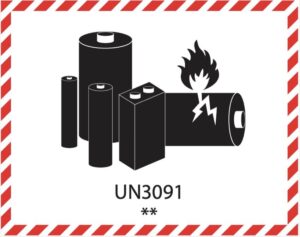
For ground shipments, the safety (not capacity) rules for transporting lithium-ion batteries are similar to those for air transportation. Ensure proper packaging to prevent short circuits and damage to the terminals.
Large format batteries for electric vehicles, power tools, and home or data backup tend to be on the heavy side. These require special handling, and they’re fully regulated as hazmat material when transported. As such, these batteries require complex, specially-designed packaging and labels as well as a Dangerous Goods contract or paperwork. Rules vary based on the type of battery shipped and the packaging used.
Are Lithium-ion Batteries Dangerous Goods?
When shipping lithium-ion batteries and cells, the term “dangerous goods” comes up. This refers to a legal declaration about the materials you intend to ship—and it affects both ground and air transportation.
With respect to ground transportation, you can pretty quickly get to the subject of classifying a shipment as dangerous goods by considering the package weight and type of batteries. While the determination process can seem a tad complex, some clear rules stick out for batteries requiring a Dangerous Goods contract or paperwork:
- Batteries over 300 Wh
- Batteries < 300 Wh with a gross package weight over 30 kg
- Lithium-ion cells packaged together with a gross weight over 30 kg
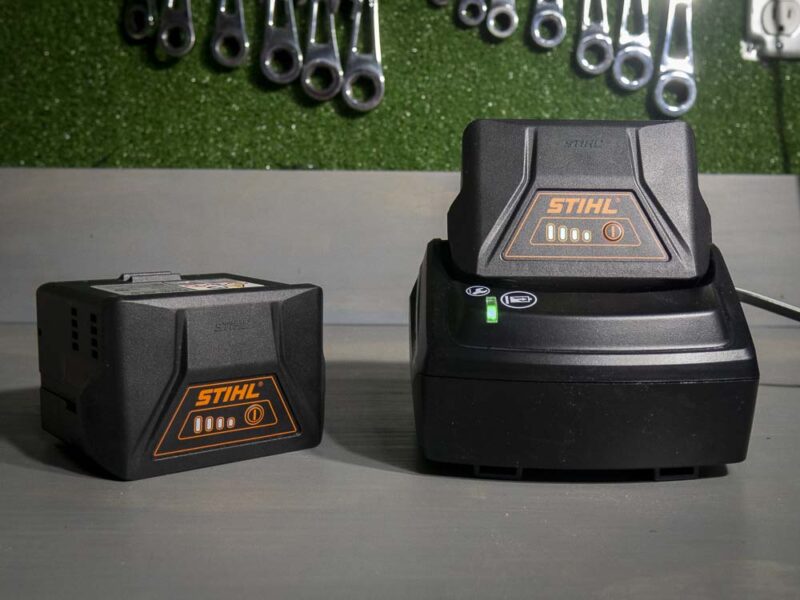
Transporting Lithium-ion Batteries via Ship
Manufacturers ship rechargeable lithium-ion (and lithium-metal) batteries by sea freight in order to get them from overseas factories to the USA and other destinations. Batteries must either stay in their respective devices or be placed in a hard and sealed case. Battery packs meet this requirement.
Batteries and packages containing packs and/or cells need labels and markings to indicate they contain lithium-ion batteries. They must be transported in a way that prevents them from moving or shifting during transport. Packaging batteries within clamshell, cardboard, or plastic tool cases typically meets this requirement. You can also package batteries along with power tools when kept in a hard container.
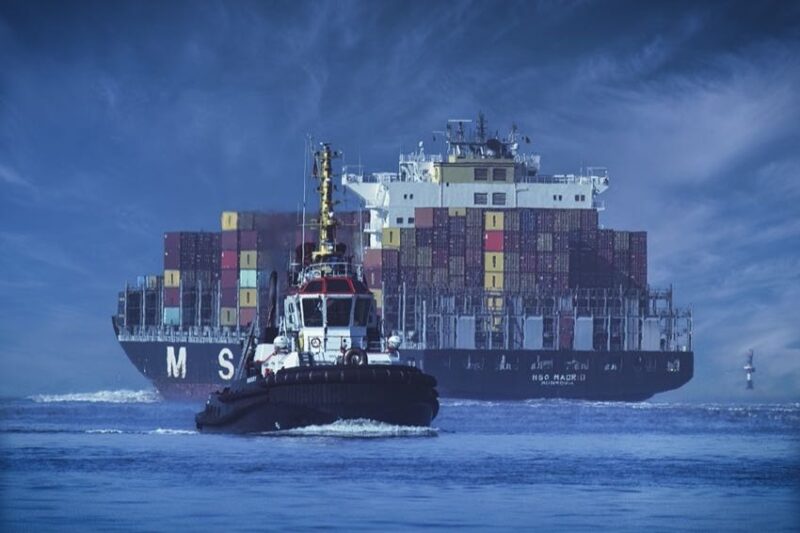
The International Maritime Dangerous Goods (IMDG) Code provides rules and regulations for the transportation of dangerous goods (like li-ion batteries) by sea. These requirements include restrictions on the types of lithium-ion batteries you can transport by ship, as well as requirements for packaging, labeling, and documentation.
Final Thoughts
The rules and regulations for transporting lithium-ion batteries are subject to change. It’s always a good idea to check with the relevant authorities before transporting batteries beyond what’s normal. You want to stay in compliance with all applicable laws and regulations. The number of stories about random lithium-ion battery fires should make all of us a bit more cautious about disregarding rules intended to keep us and other safe when handling these products.

